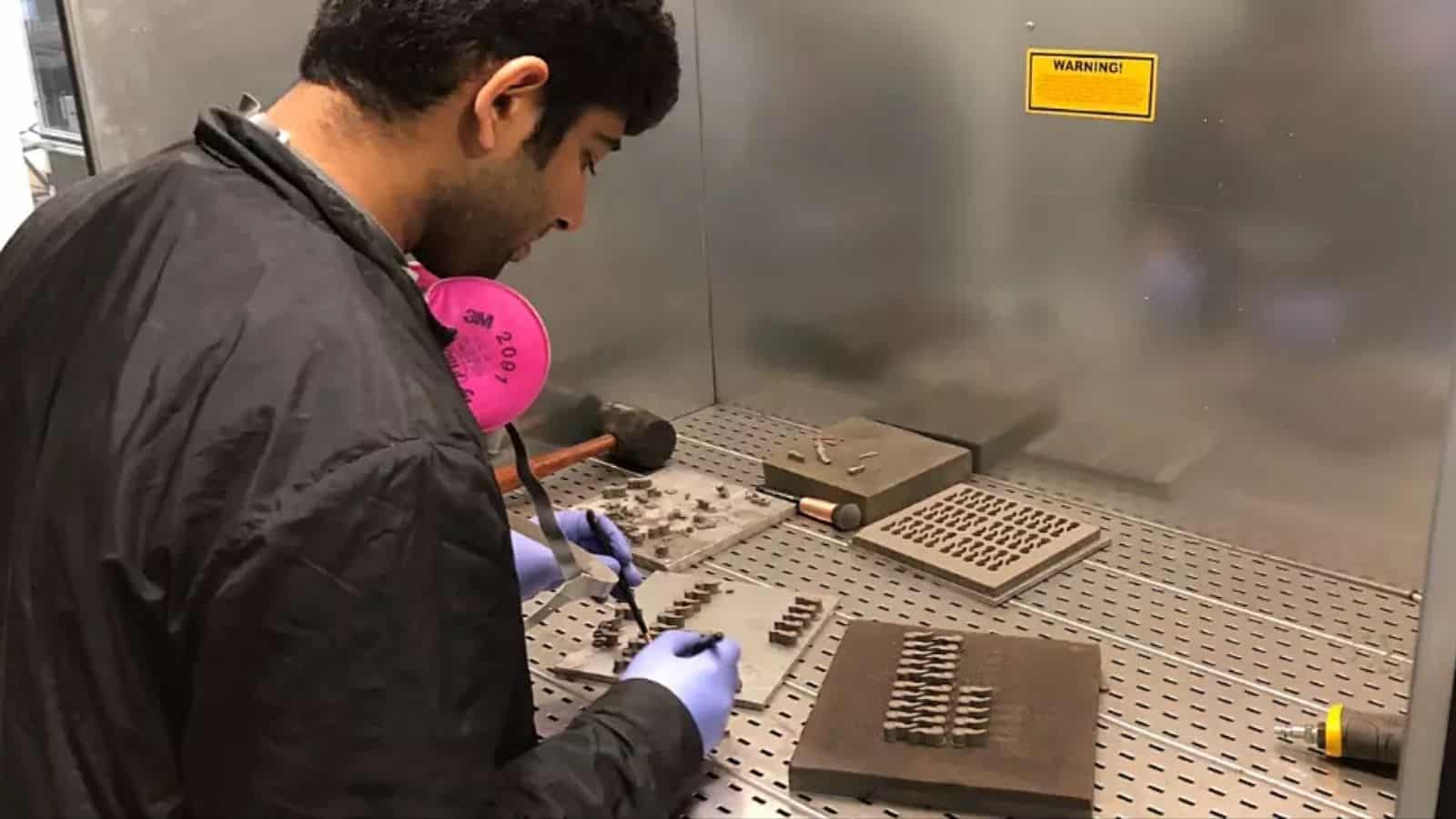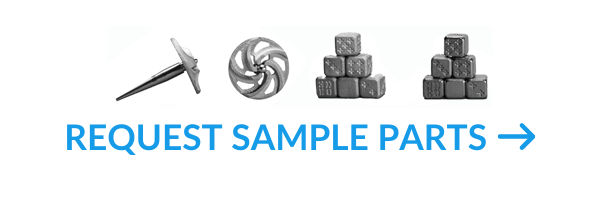Organizations considering dipping their toes into the waters of 3D printing should be aware of all the associated challenges.
Much has been made of the potential of metal 3D printing to improve companies’ innovativeness, speed to market, and supply chain management. And all of that can make a big impact in manufacturing. These advantages are real, and manufacturers who ignore them as we move into 2019 and beyond do so at their peril. Still, discourse about how to best integrate metal AM into an existing business often oversimplifies the myriad of issues and challenges.
3D printers for industrial applications do not exist in a vacuum. Many organizations have found out the hard way that the 7-figure investment into the machine itself is just the start of what’s required to get up and running. Lots of independent questions must be answered (and answered correctly) to bring a metal AM program online. The following points should figure into any evaluation of the economic wisdom of adding 3D printing capacity to your organization.
Material Handling
One of the most overlooked challenges associated with metal 3D printing involves the handling of the raw materials involved. Most commonly found in powder form, the metals used in 3D printing applications are both diverse and expensive. In some cases, the materials are even explosive! As the industry develops, it’s becoming more feasible to print in a wider array of metals.
As any manufacturer knows, inventory diversification can be a real problem. The higher the capital outlay required to stock “the basics,” the riskier the investment decision becomes. Tying up hundreds of thousands of dollars (or more) in inventory is often a baseline requirement to even consider volume production with metal AM. There’s also the storage space to consider—the raw material has to go somewhere while it waits to be printed.
Perhaps even more importantly, the transportation and handling of the powders suitable for AM require rigorous safety controls. Some especially fine powders can range in size between 5 and 45 microns, which makes them a threat to health through either inhalation or skin contact. For that reason, special safety equipment is needed for manual handling. Worst of all, the materials often need to be double and triple-handled, as left-over material from the printing tray is valuable and must be handled in order to return to storage.
Operators: Highly Skilled Labor in A Highly Competitive Market

Further complicating the problem of introducing 3D printing into a company is labor. While it’s natural to assume 3D printing is mostly automated, it’s unfounded. Operators—highly skilled and highly paid—are integral to the printing process and will remain so for the foreseeable future.
3D printers, though undoubtedly cutting-edge and expensive machines today, are far from truly autonomous. Operators are necessary to nearly every step in the process, including file preparation, material handling, monitoring of the printing process, machine changeovers, secondary treatments, and machine reset after each build. The challenge of recruiting or developing the talent necessary to operate such equipment is not helped by today’s historically tight labor market. Responsible manufacturers must account for their expected increase in payroll in calculating the final tab associated with bringing 3D printing systems online.
Post Processing Requirements
Post-processing of metal 3D printed parts is rarely mentioned as a major cost driver for the industry. Given that some estimates peg post-processing’s share of final part cost at nearly 50 percent, the issue deserves more attention. The fact is that the surface finish challenges faced by metal AM as an industry necessitate large investments in post processing. Loose tolerances require secondary operations. Stress in the builds often need heat treatment.
Roughness averages (Ra) in metal AM compare poorly with other manufacturing methods like injection molding or CNC machining. This means that 3D printed parts require some level of attention to bring their finishes within acceptable norms. Whether that means heat treatment or some form of machining, it always adds time and cost to the process.
3DEO Can Help

These considerations should not be a deterrent for every company. The rewards of getting started early with metal additive manufacturing can be great enough to justify both the cost of the printer(s) themselves and the ancillary costs discussed above. The key to success is awareness of such costs and pitfalls. You can run into trouble with metal AM by not being fully cognizant of all the costs that lie ahead.
Fortunately, those businesses which decide against bringing their own systems online have another option: service bureaus. Companies like 3DEO specialize in bringing access to metal AM to organizations for whom in-house production is not the right solution. If your company feels sure that 3D printing holds the key to a problem you’re solving, we’re always happy to take a call and brainstorm with you. The biggest benefit is you can ignore these cost pitfalls and get started immediately by working with a service bureau like 3DEO.



